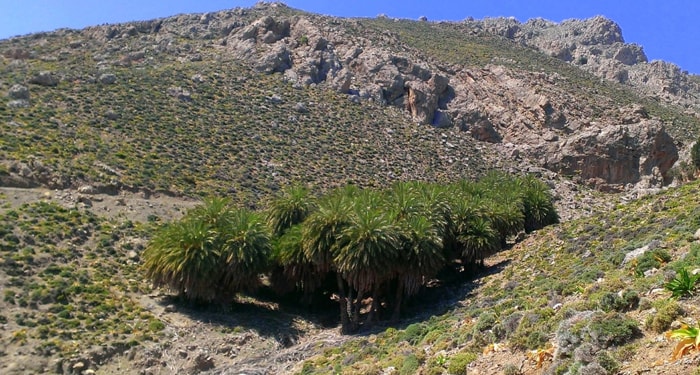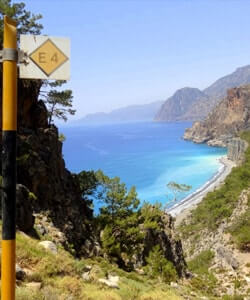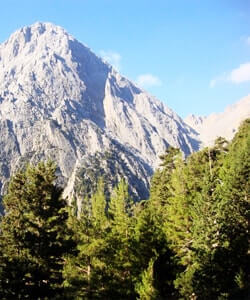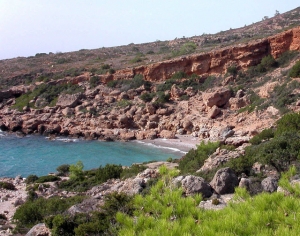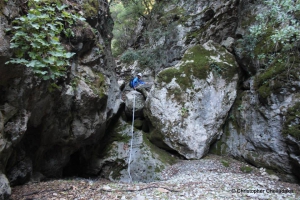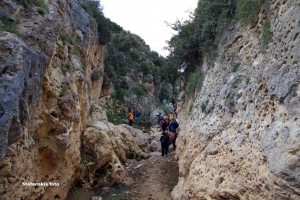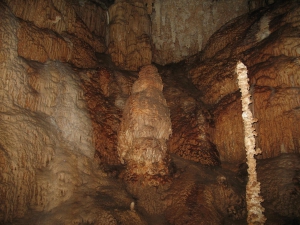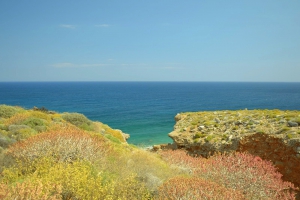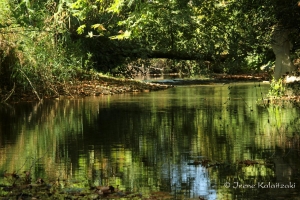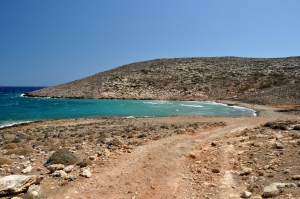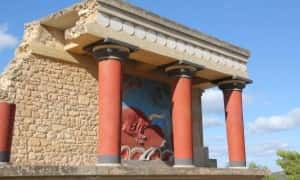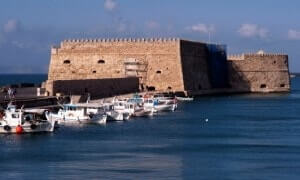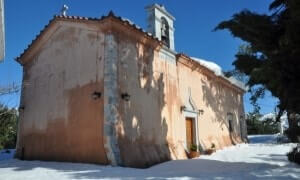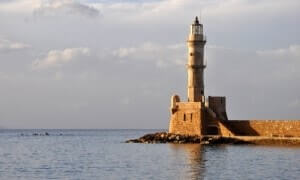On the E4 European trail that connects Sougia and Paleochora we meet the astonishing tiny beach of Astropelekita. We meet this beach to the east of Plaka stony cape and before starting ascending to Flomos Cape for reaching Lissos. This cove is a great chance to have a cooling bath while hiking the E4 trail.
The first beach of Xerokambos (on the west) is the harbor of Amatos. A natural harbor with calm waters is formed there with several boats. The remote beach is pebbly and is ideal for fishing. There are 2-3 tamarisk trees and a ramp for launching boats. The road leading to the harbor from the settlement of Xerokambos is an accessible dirt road. From here starts the path to the beach of Agia Irini.
Between the villages Zourva and Meskla we meet one unknown canyon, one of the many of the region, which is called Lagos. Its entrance is located west of the village Zourva and ends in the village Meskla, at the bridge of the village, just before merging with the river Keritis.
The Gorge of Agia Anastasia starts from Kenourgio Horio, Province Pediada (altitude 160m) and ending at the seaside settlement of Gournes. The name is taken after the cavernous chapel of St. Anastasia, located near its entrance. The vegetation is restricted to oleanders and the walls get narrow in several points. The descent of the gorge takes about three hours.
It consists of two rooms with different levels and relatively rich cave decoration. Both surveys revealed pottery of Neolithic and Minoan era. Specifically, the main use of the cave as a residence focuses on Neolithic period (3650/3500 - 2900 BC) and is was reused as shelter during the Late Minoan (1300-1250 BC) period.
To reach the beach you can walk into the small canyon, until you meet the sea. From Finokalias follow the short path that leads northwards, until you see the bed of the gorge. While walking along this, you will cross one beautiful and wild landscape with bare rocks, low vegetation and numerous spices and herbs.
Kyliaris river starts near Stylos village by Apokoronas Province and ends at the beach of Kyani Akti near Kalives. It’s 5km long and is the second largest river in water flow in Crete. The name Kyliaris means the river that carries stones away. It's ancient name was Pyknos (i.e. dense), due to the dense vegetation along its banks.
East of the main beach of Hiona, there are several small coves, where you can find a quiet place to swim alone and nude. The first sandy beach is called Bondalaki. Continuing driving along a bad dirt track to the esat, you will soon meet several coves with pebbles and enjoy the eerie landscape with gorges and wild mounts in the background. The last cove is Skaria and is the easternmost beach of Crete. It is highly affected by the sea currents (there is a lot of rubbish). The previous beach, Pilos, is formed in clay ground and is ideal for seclusion.





